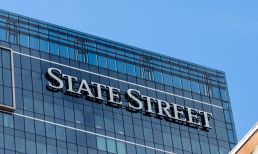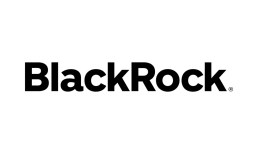For banks seeking to protect profits – and liquidity – keeping corporate clients from drawing down credit lines may be one way to brace against the volatility wrought by COVID-19.
As Bloomberg reported on Monday (March 30), large U.S. banks have been “quietly discouraging” borrowers – among them larger, relatively safe borrowers – from gathering up cash by utilizing revolvers.
Revolvers are variable lines of credit, typically with variable rates of interest, that can be drawn down, repaid and drawn down again.
As a rule of thumb, companies establish revolvers in order to tap into funding, as needed, to help blunt the impacts of revenue and cash flow volatility. Typically, the funds are used for working capital purposes.
But for these big banks, reports Bloomberg, investment-grade revolvers (for these relatively stable borrowers) are typically lower-margin or negative-margin businesses.
We note, too, that interest rates have plummeted in the wake of Fed rate cuts and declining Treasury yields, and so any variable rate resets are likely to offer less-than-stellar returns on this lending, as the banks have to put up the money to fund the revolvers.
Advertisement: Scroll to Continue
In the meantime, noted Bloomberg, at least some firms, at the prodding of banks, are embracing higher-priced lending conduits rather than the revolvers they already have in place – and that strategy ties in with maintaining good relationships with those lenders (and, one would think, the ability to call on those lenders in the event that the economic landscape gets even rockier).
Call it doing a favor now, in case a favor needs to be called in later.
In one example, McDonald’s raised $1 billion through a new short-term facility rather than opting to draw down its existing revolver.
Eyeing the Banking Relationships
“The banker is coming at it trying to manage two things – the relationship profitability and their portfolio of risks and assets,” Howard Mason, head of financial research at Renaissance Macro Research, told the newswire. “Bankers have some cards to play because they can talk to their clients that have undrawn credit lines. The sense is that there’s a relationship involved, so relationship pricing and goodwill applies.”
But as companies in the U.S. have drawn down $162 billion in funding from these facilities, it’s clear that large enterprises want to grab cash now, rather than wait to see what might be coming down the line.
Drawing down the revolvers can eventually put a strain on banks’ liquidity (though, of course, we are not there yet). But might it be the case that the revolvers simply must be tapped down the line?
Beyond drawing down existing (or new) credit lines that are there for the taking only insofar as banks are willing to extend them, the question becomes: What happens as the current environment extends? Without income, many firms – choose your vertical across restaurants, travel, retail (Macy’s just furloughed more than 125,000 workers as sales have collapsed) – will necessarily default on debt payments.
The ripple effects will be significant. Commercial paper, itself a market worth more than $1.1 trillion where (very) short-term lending for firms to keep operations, well, operating, was stressed just a few weeks ago.
The Federal Reserve moved to backstop that market this month. Liquidity crunches and efforts to raise cash have a habit of surfacing when panic dominates corporate and consumer thinking.
We’re a long way from certainty in the current environment. Should the commercial paper market be roiled going forward, corporate borrowers will have to tap new funding lines – likely including existing revolvers, which are not necessarily the preferred conduits for the banks. The stresses may hit all players, as COVID-19 digs in its heels.




